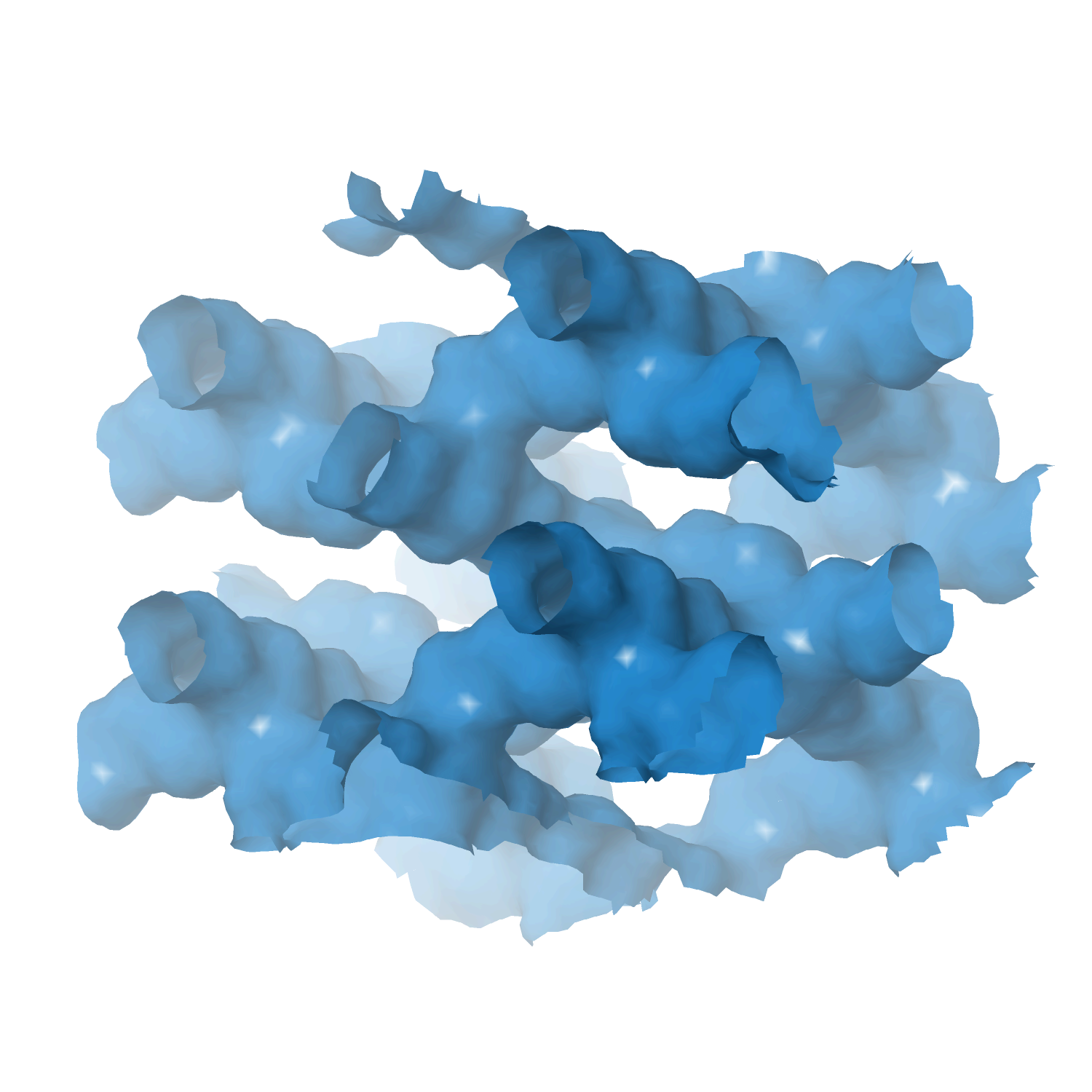Heterogeneous catalyst engineering ⇒ from stable and deactivation resistant to viable technical catalyst
Advances in heterogeneous catalyst “structure” are driven to improve their “function” or performance, i.e., activity, selectivity, and stability. Cooperative research is required to understand the structure and function relationships: developing new synthesis protocols for heterogeneous catalysts with unique surface properties, defined porosity, identification and understanding of catalytically active sites, reaction mechanisms, and finally, prediction and analysis of the processes using various computational tools.
Our group focuses on developing new catalyst formulations using innovative synthesis routes for various important heterogeneous catalysts. That includes thermal, electro, and bio-electro catalysis.
The active phase cannot be used directly in its final application or reactor for various reasons, including poor mechanical resistance, heat or mass transport, and fluidization features. We must mix the active phase with other ingredients in a matrix of binder and filler, while we shape it into a technical catalyst. We investigate new synthetic protocols for technical catalysis using spray drying and fluidized beds to cover the whole range of sizes. At the same time, we incorporate additional (unconventional) ingredients such as SiC to improve some features even further.
- Technical catalyst I ⇒ spray drying and extrusion
- Technical catalyst II ⇒ spray fluidized bed reactor
- Technical catalyst III ⇒ electrospinning
- Zeolite catalysts ⇒ with defined structure/porosity
- Multi-metal (high entropy) alloy catalysts
- MXene catalysts ⇒ single and multi-dimensional
- Perovskite catalysts
- Metal-organic framework (MOFs) catalysts
- Supported metal/metal-oxide catalysts
- Aerogel catalyst
Photothermal Catalysts, Light and Heat Management: From Materials Design to Performance Evaluation
by
Ramos-Fernandez, Rendón-Patiño, Mateo, Wang, Dally, Cui, Castaño, Gascon
Adv. Energy Mater.
Year:
2025
DOI:
https://doi.org/10.1002/aenm.202405272
Abstract
Photothermal catalysis, a frontier in heterogeneous catalysis, combines light-driven and thermally enhanced chemical reactions to optimize energy use and reaction efficiencies at catalytic active sites. By leveraging photothermal conversion, this approach links renewable energy sources with industrial chemical processes, offering significant potential for sustainable applications. This review categorizes photothermal catalysis into three types: light-driven thermocatalysis, thermally enhanced photocatalysis, and photo-thermo coupling catalysis. Each category is analyzed, emphasizing mechanisms, performance factors, and the role of advanced materials such as plasmonic nanoparticles, semiconductors, and hybrid composites in enhancing light absorption, thermal distribution, and catalytic stability. Key challenges include achieving uniform thermal and photonic energy distributions within catalytic reactors and developing accurate performance evaluation metrics. Applications such as CO₂ reduction, ammonia synthesis, and plastic upcycling highlight the environmental and industrial relevance of this technology. The review identifies limitations and suggests innovations in materials design and energy-storing mechanisms to enable continuous catalytic processes. Future directions emphasize photothermal catalysis's potential to transform sustainable energy systems and advance green chemical production. This synthesis aims to guide research and foster practical adoption of photothermal technologies at an industrial scale.
Keywords
CRE
HCE
EPB
